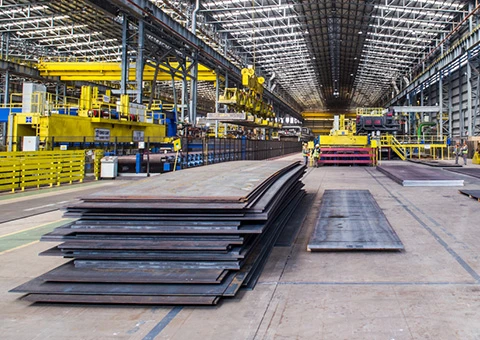Innovative Yard Gantry Systems for Efficient Material Handling Solutions
Yard Gantry A Crucial Component in Modern Logistics
In the modern era of logistics and transportation, efficiency and speed are paramount. One of the key components that facilitate these requirements in freight handling is the yard gantry, a type of crane designed to move containers and cargo in freight yards, ports, and warehouses. By understanding the yard gantry's design, functionality, and advantages, we can appreciate its critical role in the seamless operation of supply chains across the globe.
A yard gantry typically consists of a large, robust structure supported by two vertical legs that glide along tracks or rails
. This design enables it to traverse a particular area, often referred to as a yard, where cargo is stored temporarily before being transported to its next destination. The gantry is equipped with a hoisting mechanism, usually a block and tackle or a fully automated system, allowing it to lift heavy loads, including shipping containers, pallets, and various types of cargo.The primary function of a yard gantry is to enhance the efficiency of logistics operations. Traditionally, the movement of containers within a yard was a labor-intensive process, requiring significant man-hours and resulting in operational delays. However, with the introduction of yard gantries, the logistics industry experienced a transformation. These cranes are equipped with advanced technologies, including automated systems and real-time monitoring, which streamline the loading and unloading processes. This automation reduces human error, enhances safety, and increases the speed at which cargo can be moved.
One of the standout features of yard gantries is their versatility. They can be employed in various environments, including shipping ports, rail yards, and distribution centers. By adjusting their attachments and settings, yard gantries can handle a wide range of payloads, making them suitable for different types of cargo, from standard containers to oversized freight. This adaptability is vital in an increasingly complex supply chain, where different types of cargo may need to be managed concurrently.
yard gantry

Additionally, yard gantries can be equipped with state-of-the-art technology to further enhance their efficiency. For example, GPS and RFID systems can track the location of containers in real-time, allowing operators to optimize workflow and reduce time spent searching for specific shipments. Meanwhile, advanced sensors can help prevent collisions and improve safety, ensuring that workers and equipment operate smoothly in busy environments.
Economically, the benefits of investing in yard gantries are significant. By automating and streamlining operations, companies can reduce labor costs while also maximizing the utilization of their facilities. This can result in a decreased turnaround time for ships and trucks, allowing companies to accommodate higher volumes of freight without the need for extensive capital investment in additional infrastructure. As supply chains become more globalized, businesses that adopt advanced technologies like yard gantries will position themselves to compete more effectively.
However, while the advantages are clear, the implementation of yard gantries is not without challenges. The initial capital outlay for purchasing and installing these systems can be substantial. Additionally, existing staff may require training to operate complex machinery and systems effectively. Companies must carefully assess their operational needs and capacities to ensure that the investment will yield a positive return.
In conclusion, yard gantries play an indispensable role in contemporary logistics, contributing significantly to the efficiency and effectiveness of freight handling operations. As global trade continues to expand, the importance of such automated systems will only increase, driving innovation and pushing the boundaries of what's possible in supply chain management. Whether in ports or large distribution hubs, the yard gantry is a testament to how technology can redefine efficiency and productivity in the logistics sector. Embracing these advancements not only enhances operational performance but also positions organizations for success in an increasingly competitive landscape.
-
Unlock Seamless Relocation with Our Heavy Equipment Moving ExpertiseNewsJun.06,2025
-
Unleash Unrivaled Flexibility with Our Adjustable Gantry CraneNewsJun.06,2025
-
Unleash Heavy-Duty Efficiency with Our Industrial Gantry Crane SolutionsNewsJun.06,2025
-
Revolutionize Steel Handling with Our Magnetic Lifter RangeNewsJun.06,2025
-
Master Equipment Mobility with Premium Machinery Mover SolutionsNewsJun.06,2025
-
Elevate Your Material Handling with Magnetic Lifter TechnologyNewsJun.06,2025
-
YS Permanent Lifting Magnets: The Smarter Way to Handle SteelNewsMay.22,2025
